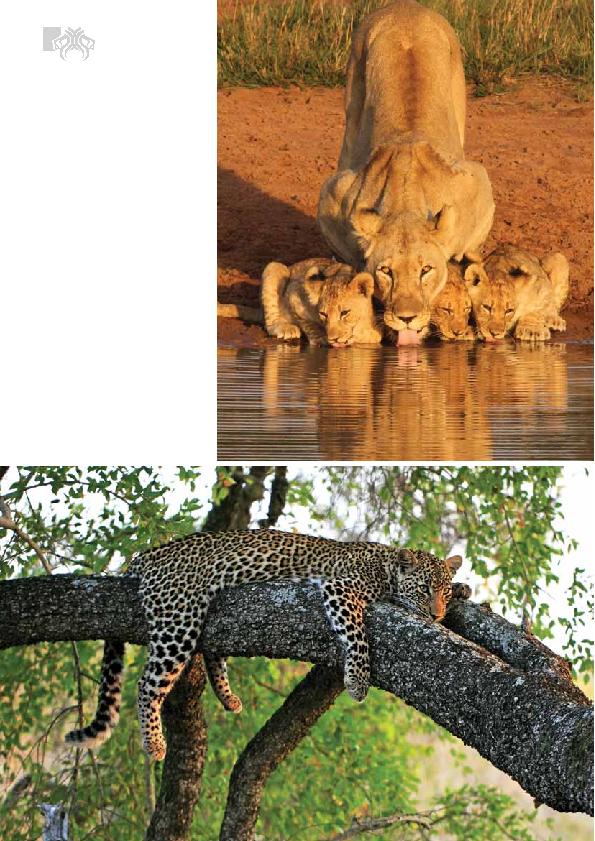
as a result of an accident then by design as
it became part of the South African Railway's
"Round in Nine" tours. Here the trains made
use of the sugar giant Selati's railway line
that ran between the town of Komatipoort
on the Mozambique border and the town of
Tzaneen situated in the Limpopo province.
a place called Sabi Bridge, today known as
the Skukuza camp. Tourists were treated to
a short walk in the bush with heavily armed
rangers. It was this small and seemingly
insignificant tourist attraction thatwas the
catalyst for the formation of the Kruger Park
existing today as it was the popularity of
this tour that positioned the viability of the
park itself.
Reserve, the adjacent Shingwedzi Game
Reserve and a number of local farms in the
area were amalgamated and joined together
to form the Kruger National Park.
three tourist cars were then granted entry
into the park in 1927. Although not the mad
rush that gold saw in Johannesburg, it was